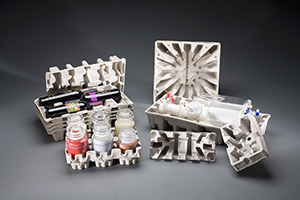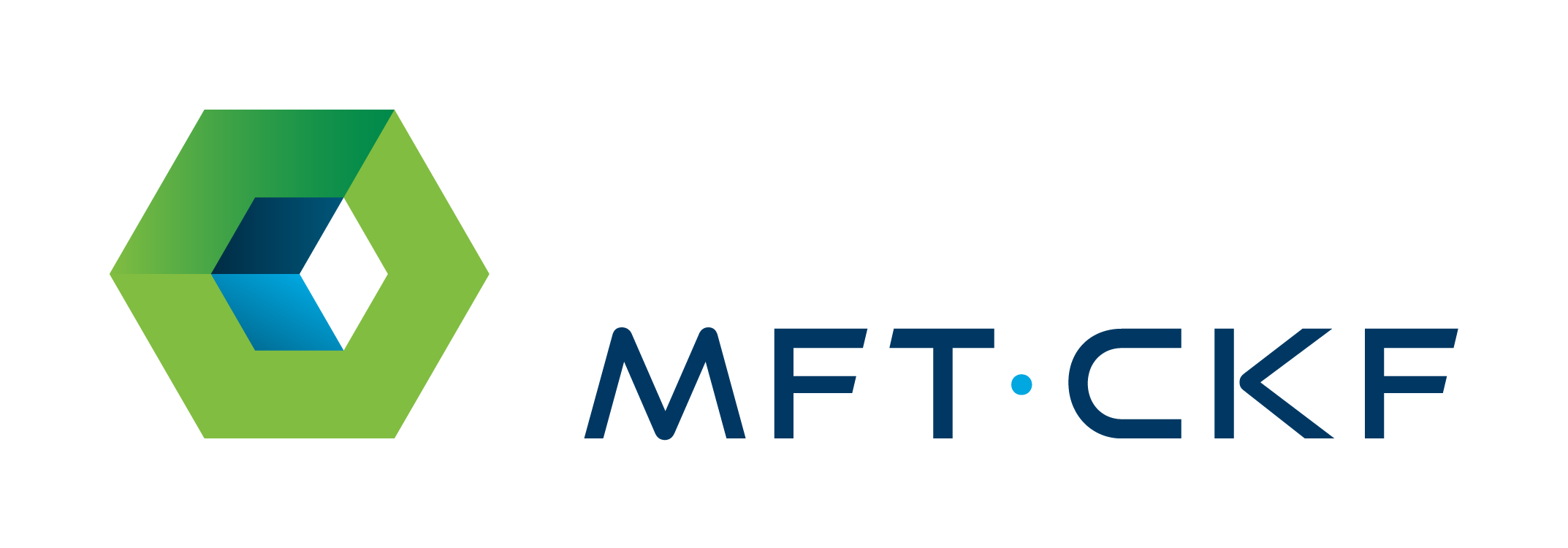Recent reports indicate that consumer demand for green packaging is continuing to increase1, as consumers are becoming more aware and in tune with the lifecycle and environmental impact of the products they purchase. Undoubtedly, sustainability and ‘green’ efficiencies continue to play a much greater role in consumer purchasing decisions than in the past and are consequently driving change among the industry. The demand is challenging packaging manufacturers to achieve greater and greener efficiencies across the board.
Companies are taking steps towards achieving long-term sustainability goals such as minimizing resource use and waste in the creation of their packaging, improving transport efficiencies, and creating efficient after use disposal and recycling. By using environmentally-friendly packaging materials, focusing on creative product design, and emphasizing efficiencies throughout the entire manufacturing process, packaging manufacturers are effectively responding to the pressures from consumers. Not surprisingly, the demand for “sustainable” packaging has fueled the unprecedented growth of the industry, which is forecasted to reach $170 billion worldwide by 2014, according to Pike Research2.
 Molded Fiber Technology (MFT) has actively participated in developing innovative sustainable packaging solutions for more than twenty years using molded fiber. Also known as molded pulp, molded fiber is made from 100% recycled newspaper and water and is 100% recyclable. There is no chemistry involved, it is simply water and newspaper. Molded fiber can be formed into robust packaging to provide blocking and bracing for products, and is cost effective as well as environmentally friendly.
Molded Fiber Technology (MFT) has actively participated in developing innovative sustainable packaging solutions for more than twenty years using molded fiber. Also known as molded pulp, molded fiber is made from 100% recycled newspaper and water and is 100% recyclable. There is no chemistry involved, it is simply water and newspaper. Molded fiber can be formed into robust packaging to provide blocking and bracing for products, and is cost effective as well as environmentally friendly.
Perhaps best recognized by its traditional use as the egg-carton material, molded fiber is now viewed as a viable packaging material for an array of consumer goods. Molded Fiber Technology (MFT) has used its advanced manufacturing capabilities and patented design process to transform molded fiber into countless applications including retail packaging solutions for electronics, health & beauty products, medical instruments and other consumer goods.
The recent surge in consumer demand for green packaging materials, such as molded fiber, has stimulated advancements in the technology surrounding this material. New types of molding machinery have been developed that offer considerably improved product quality and performance. Molded Fiber Technology (MFT) has been at the forefront of molded fiber manufacturing technology, illustrated in part by its unique capability to after-press its packaging. For many years, it has been an enormous challenge for molded fiber manufacturers to make the material visually appealing so that can be sold on the retail shelves. However, with after-press technology, Molded Fiber Technology (MFT) has the ability to give molded fiber a smooth and aesthetically pleasing finish. After-pressing also allows for clearly defined logos and easy-to-read part numbers to be molded into the packaging. Furthermore, through its smart innovation, Molded Fiber Technology (MFT) has the unique ability to add color to its molded fiber material. Color helps enhance brand recognition and differentiate companies from their competitors.
As consumers continue to demand socially responsible packaging, molded fiber is becoming increasingly popular as an environmentally-friendly alternative to traditional packaging materials. Its characteristics as 100% recyclable provide businesses the opportunity to engage in sustainable practices while answering directly to consumer needs. And with the development of new applications and improved technologies, molded fiber is rest assuredly here to stay.
References:
1 -http://www.greenerpackage.com/recycled_content/us_demand_green_packaging_reach_417_billion_2014


